Ask AI on The Internet
Question: If you were Mr Nkosi what type of “learning community” strategies would you propose at Green Valley High School to assist students with the challenges that they are facing at this school? (8 marks) What positive impact would the learning community have on students? (6 marks) Who are the people that you would involve and why? (6 marks) What challenges do you anticipate Mr Nkosi would encounter when creating the “learning community”? What can he do to resolve those challenges? (10 marks) TOTAL 30 MARKS
Creating and fostering a learning community at Green Valley High School involves multiple strategies and considerations. Below is a comprehensive plan that Mr. Nkosi could utilize, complete with proposed strategies, anticipated positive impacts, key stakeholders, and potential challenges along with their resolutions. ### Proposed Learning Community Strategies (8 marks) 1. **Peer Tutoring Programs**: Establish a peer tutoring system where older or more advanced students help tutor those who are struggling. 2. **Collaborative Group Projects**: Implement group assignments that require students to work together, fostering teamwork and peer-learning. 3. **Teacher Collaboration**: Encourage teachers to work in professional learning communities (PLCs) to share best practices and support each other’s professional development. 4. **Parental Involvement**: Organize regular parent-teacher meetings and workshops to involve parents in their children’s learning process. 5. **Mentorship Programs**: Create mentor-mentee relationships, pairing students with teachers or community leaders who provide guidance and support. 6. **Extracurricular Clubs**: Develop clubs based on students' interests, such as science clubs, debate teams, and art groups to enhance learning beyond the classroom. 7. **Digital Learning Platforms**: Utilize online platforms for collaboration and discussions, enabling students to share resources and ideas. 8. **Emotional and Social Support**: Provide counseling services and peer support groups to address emotional and social challenges. ### Positive Impact on Students (6 marks) 1. **Improved Academic Performance**: With supportive peer and teacher networks, students are more likely to excel in their studies. 2. **Enhanced Social Skills**: Group projects and extracurricular activities foster teamwork and communication skills. 3. **Increased Engagement**: Involving students in clubs and interest groups can make learning more engaging and enjoyable. 4. **Emotional Well-being**: Access to counseling and mentorship programs can provide crucial emotional support. 5. **Sense of Belonging**: A strong learning community helps students feel they are part of something bigger, reducing feelings of isolation. 6. **Lifelong Learning**: Encouraging collaboration and self-directed learning instills habits that benefit students beyond their school years. ### Key Stakeholders and Reasons (6 marks) 1. **Teachers**: They play a pivotal role in implementing and sustaining learning community initiatives. 2. **Parents**: Involved parents can reinforce learning and provide additional support outside of the school environment. 3. **Students**: Both peer tutors and learners are integral to the success of peer tutoring and group projects. 4. **School Counselors**: To provide emotional and social support services. 5. **Community Leaders**: Mentors and role models from the community can offer guidance and inspiration. 6. **School Administration**: To provide necessary resources and support for these initiatives to thrive. ### Anticipated Challenges and Resolutions (10 marks) 1. **Resistance to Change**: - **Challenge**: Teachers or students might be resistant to new ways of learning. - **Resolution**: Conduct workshops and training sessions to demonstrate the benefits and provide the skills needed for new methods. 2. **Resource Limitations**: - **Challenge**: Limited financial or physical resources to fund extracurricular activities or digital platforms. - **Resolution**: Seek grants, community partnerships, and fundraising to obtain necessary resources. 3. **Scheduling Conflicts**: - **Challenge**: Finding a time that works for all stakeholders to meet and collaborate. - **Resolution**: Use flexible scheduling and online tools to accommodate varying availabilities. 4. **Maintaining Engagement**: - **Challenge**: Keeping students and parents continuously engaged in the programs. - **Resolution**: Regular feedback loops and adapt programs based on the needs and interests of the community. 5. **Balancing Academic and Extracurricular Obligations**: - **Challenge**: Students might struggle to balance schoolwork with extracurricular activities. - **Resolution**: Create a balanced schedule that prioritizes both academic success and holistic development. By systematically addressing these strategies, involving the right stakeholders, foreseeing potential challenges, and planning solutions, Mr. Nkosi can create a thriving learning community at Green Valley High School that will greatly benefit its students.
Think your answer is better than the AI's? Post it below.
Other Most Relevant Posts:
 Title: Crafting a Supportive Learning Community at Green Valley High School: Strategies and Challenges
Title: Crafting a Supportive Learning Community at Green Valley High School: Strategies and Challenges
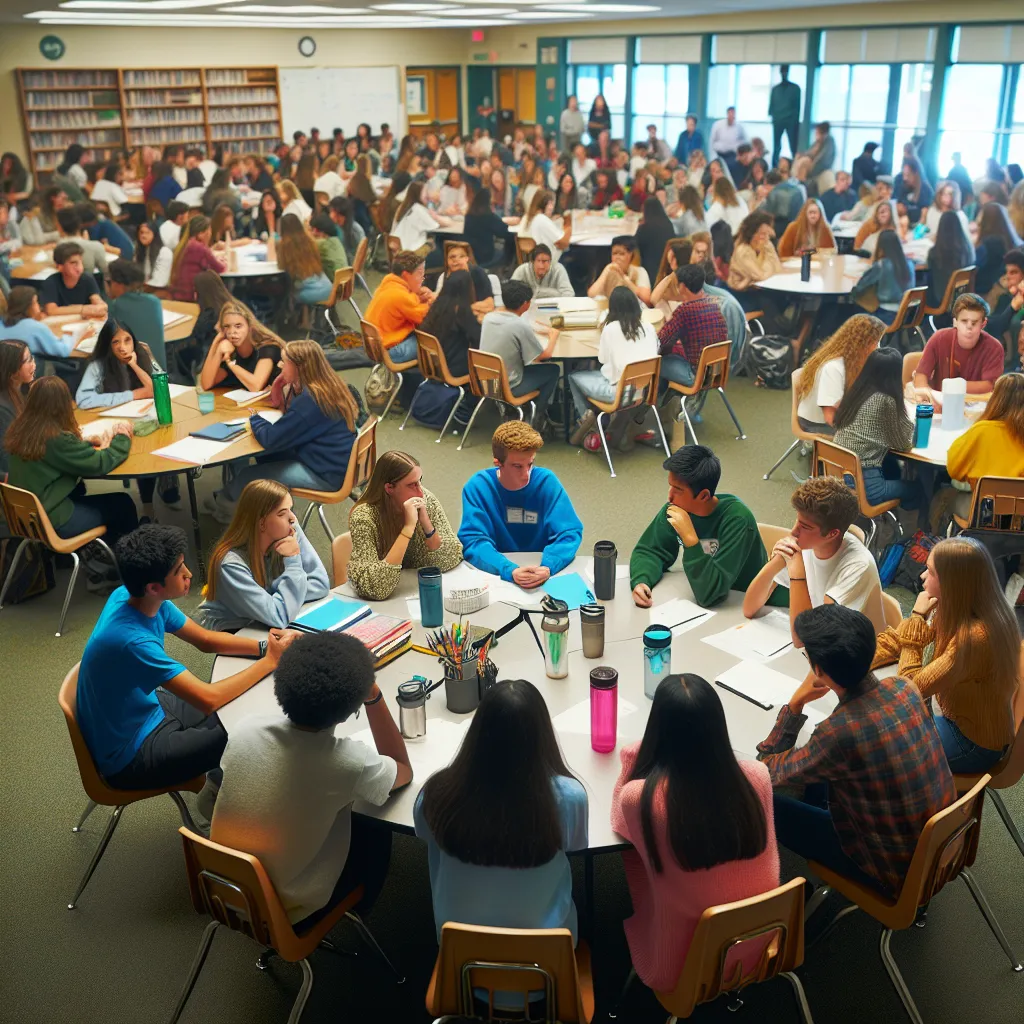 Title: Innovative Strategies for a Learning Community at Green Valley High School: Insights from Mr. Nkosi
Title: Innovative Strategies for a Learning Community at Green Valley High School: Insights from Mr. Nkosi
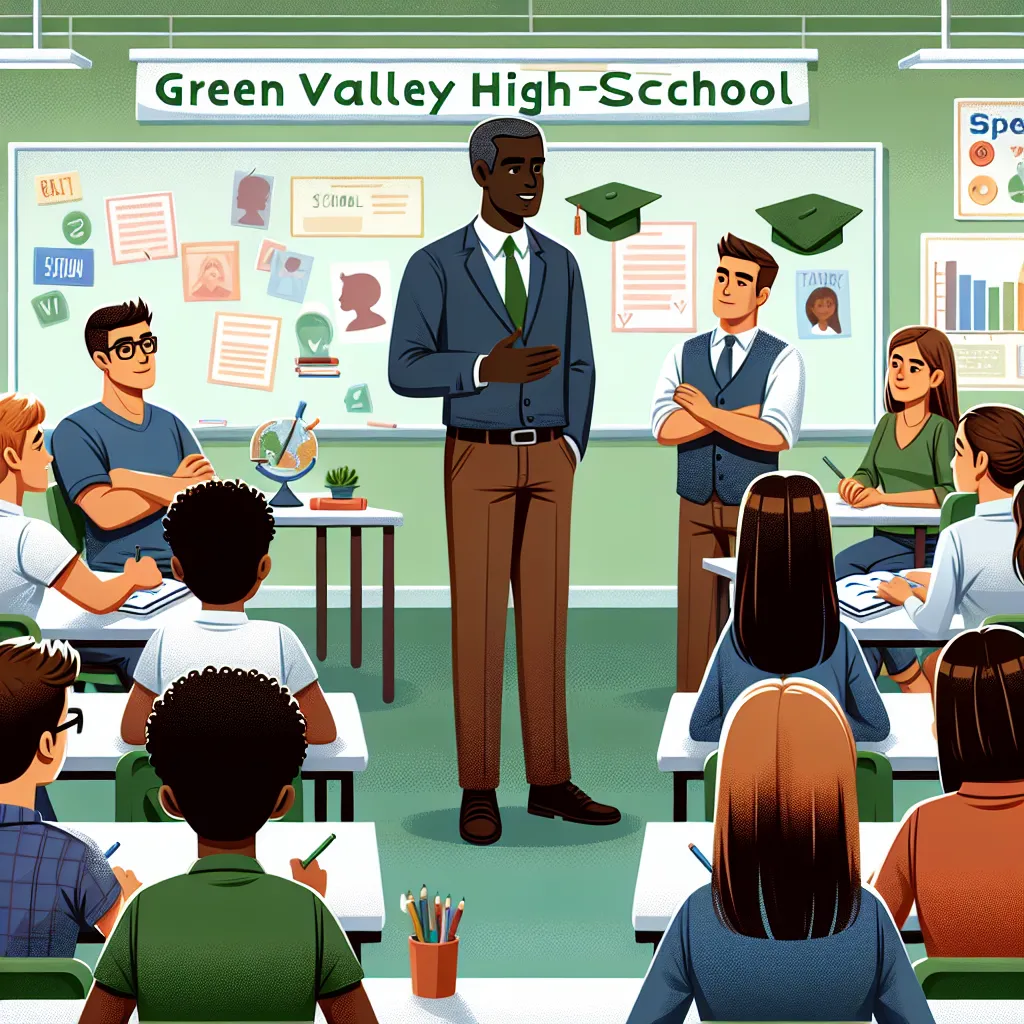 **Title: Harmonizing Education: Mr. Nkosi's Strategy for a Thriving Learning Community at Green Valley High School**
**Title: Harmonizing Education: Mr. Nkosi's Strategy for a Thriving Learning Community at Green Valley High School**
Question Tags
If you want your question answered by an AI, click here.
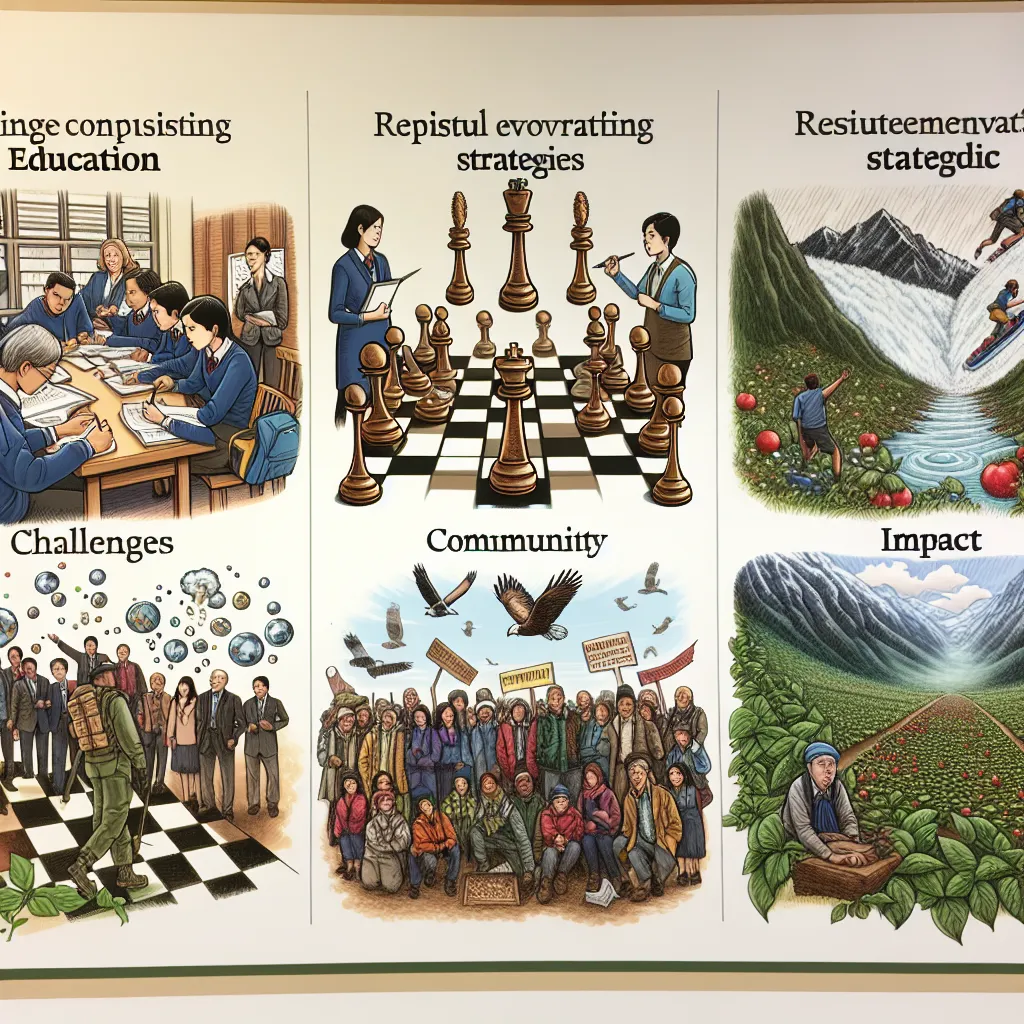
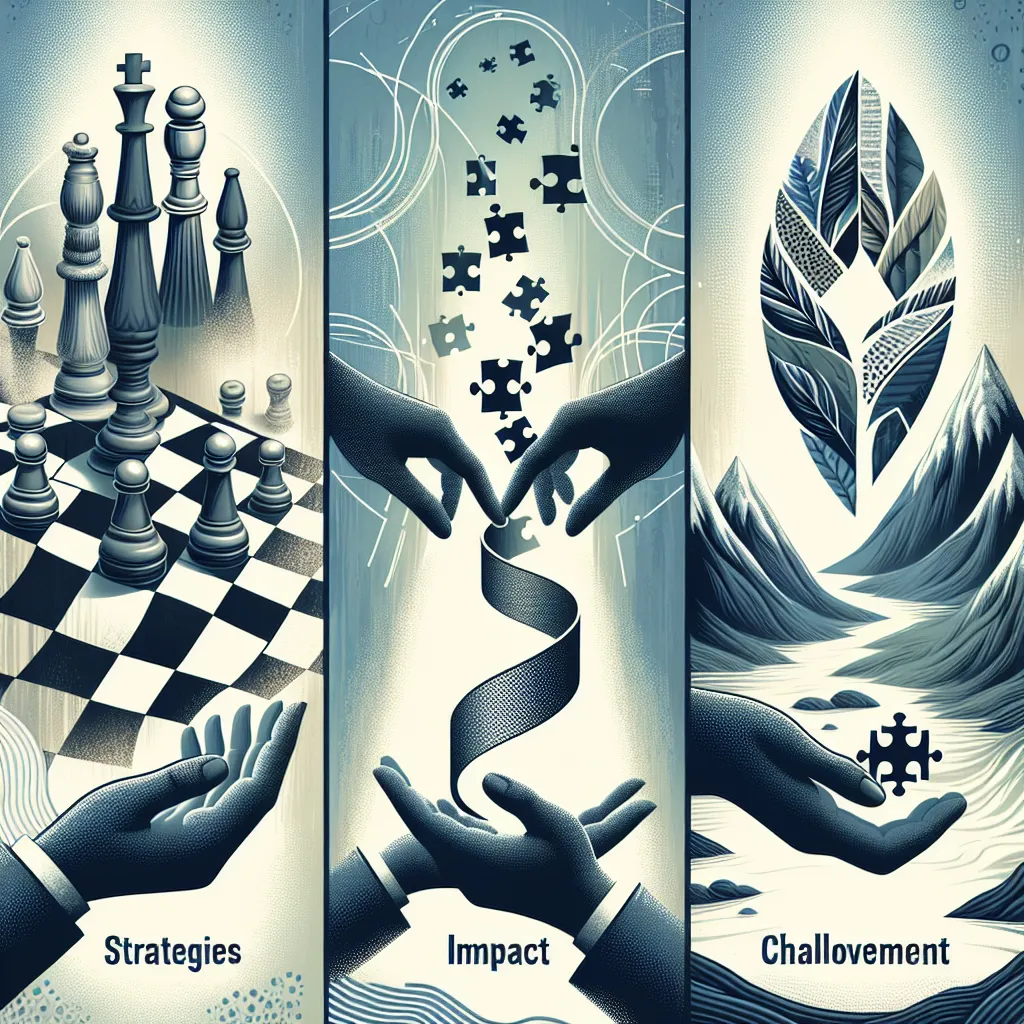
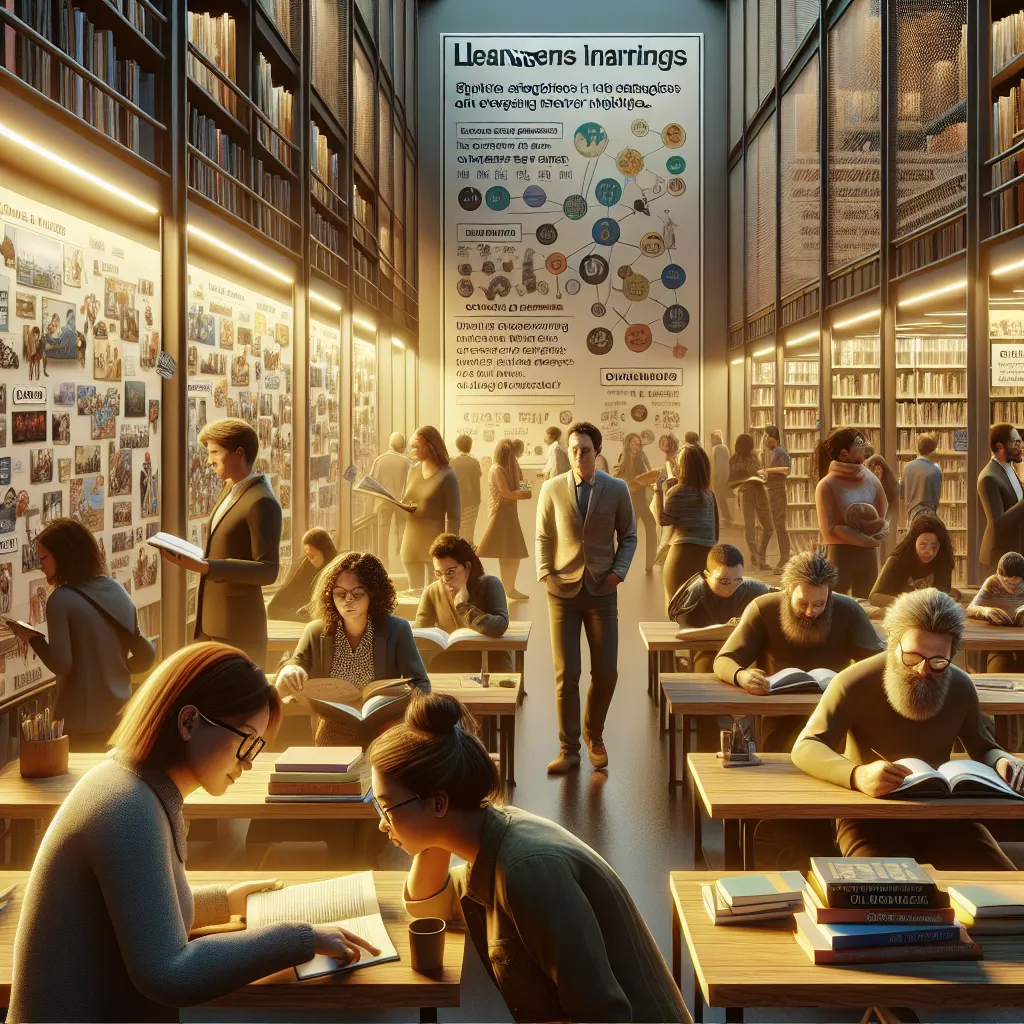
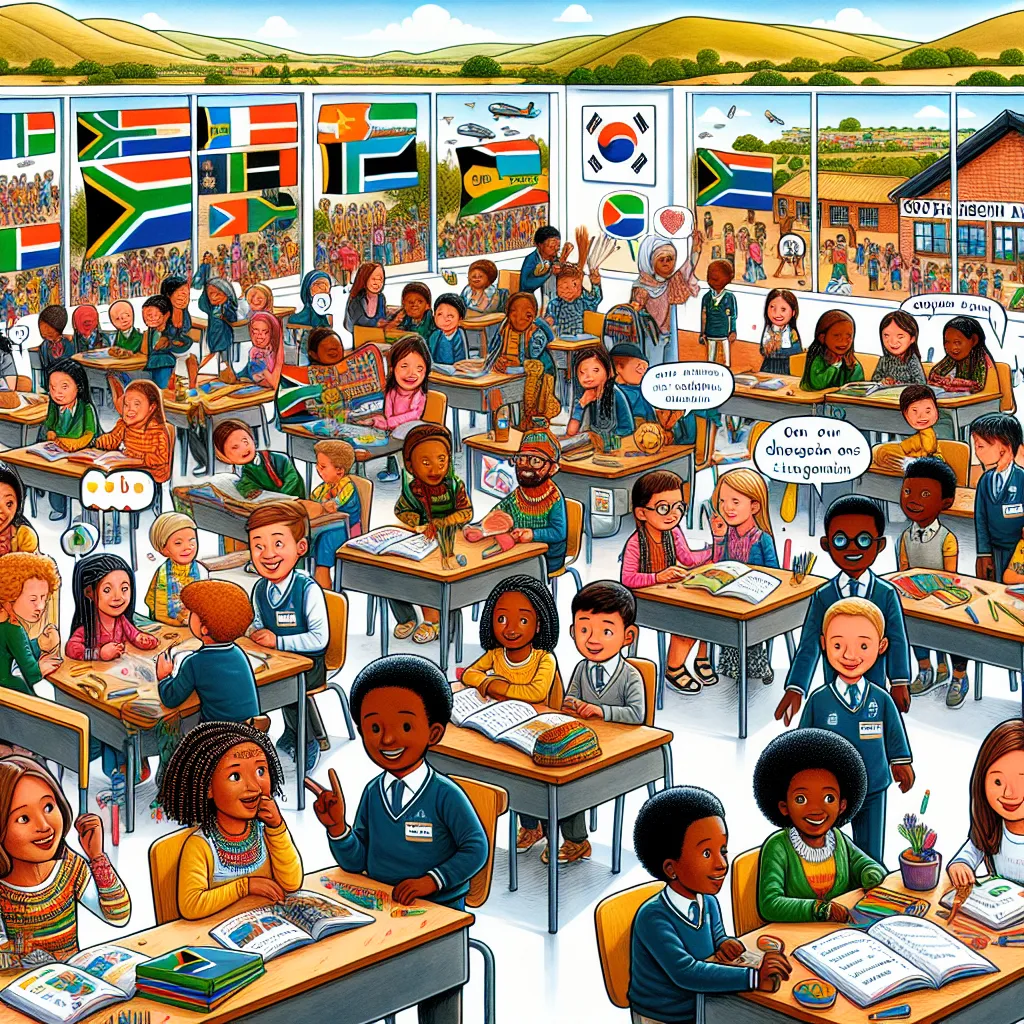
Post your own comment: